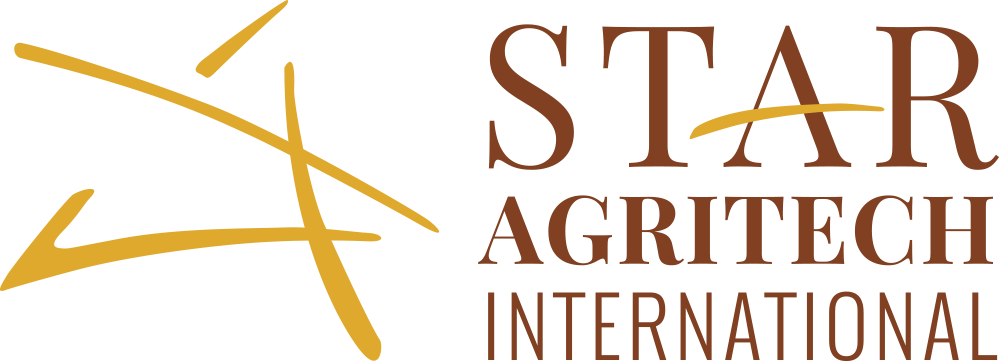
Reconsituted Tobacco
Reconstituted Tobacco Types & Attributes
Star Tobacco International is a globally trusted and experienced reconstituted tobacco supplier. It is a large part of our activity – managing B2B connections with the retailers who trade our products. We strive to be a high-quality supplier as we are practicing to secure exceptional standards in wholesale tobacco leaf business.
What is Reconstituted Tobacco (Recon)?
Simply, it means "recycled " or "reconstituted " tobacco. It can be defined as a tobacco material in sheet shape which is acquired by collecting the remnants of tobacco leaf after the processing procedure.
Reconstituted tobacco is also referred as Recon, RTS, RTL, RT, RLT, RCB, PCL and homogenized sheet tobacco.
Anatomy of Reconstituted Tobacco
When you put a traditional cigarette under a microscope, you can spot shredded coffee-colored materials inside that resembles the pulp of mashed tobacco stems and various parts of the tobacco leaf.
Product Overview
Reconstituted Tobacco is produced by reclaiming the remnant from the processing of Tobacco (threshing/primary/secondary) and recycling these remnants into a TOBACCO-based product sheet & cut rag.
Product Benefits
- - Cost Saving
- - Neutral Smoke Experience
- - Alkaloids / Tar reducer
What Type Of Recon Star Agritech Supplies
- - Nanofiber (Burley, FCV ) - Cut or foil form from Brazil origin
- - Kretek - Cut rag form from Indonesia origin
Purpose Of Recon
As we defined the terms reconstituted tobacco and sheet, let’s take a look how do manufacturers leverage from this processing technique.
Reconsituted tobacco is being used:
- To form a very consistent and high-quality cigarette blend.
- To obtain a good looking physical shape.
- To reduce tobacco manufacturing cost.
- To adjust component ratio.
Cost saving effect by higher filling volume, burning rate optimization, easiness of adjusting ingredients and inserting flavors are the outcomes of recon technology.
Nano Fiber Recon
Pioneered by Recon INC. Brazil, Comas SPA Brazil, and STI. We are the only company supplying nanofiber recon which became the industry benchmark to obtain the tensile strength, aromatic preservation, filling power and cost efficiency. Nano-fiber recon is obtained by the following process.
Preparation
This phase is designed to screen and filter chunks and non-tobacco materials. It involves the removal of metal particles and pre-heating for humidity reduction.
Grinding
Nanofibers can be extracted in solid or liquid form.
Solid grinding for a fine mesh of the regular incoming materials (main flow).
Fine mesh turbo grinder Enhance silica (sand removal).
Stems defibrillation with supercollider in order to obtain Nano Fibers which used as a binder (side flow).
Mixing
Solid Mixing: All solids are measured and brought to a vertical silo. Slow vertical mixing in the silo one silo serves as a buffer.
Liquid Mixing: This phase involves the measurement of all components. Humidificants and flexicants added as required.
Turbo Mixing: One of the critical points of the process creation of low humidity mixture high-speed tangential manifold spraying of after linuids. Flow control of solid versus liquids to create the right mixture.
Film Formation & Lamination
Low humidity mixture is sprayed with mechanical arms over the formation roles.
Variable tangential speeds are applied to ensure the lamination process.
The process is repeated in two or more stage until the right film is obtained.
Drying
Steam-based processing with double flow dryer. Top and bottom heat convection which is an extremely efficient method in terms of energy usage. Cooling module positioned at the last stage in order to avoid particles adherence. A final humidity control is a best practice for processing nano-fiber recon.
Cutting & Packing
Humidity controlled cutting is offered in two options.
Chevron cutter for foils to be implemented after the conditioning cylinder on the primary line
Shredder for cut rag format to be implemented before top flavor cylinder on the primary line.
Automatically weighted packaging is available in C-48 and C-96 cartons.
Paper Making Recon
Papermaking reconstituted tobacco utilizes tobacco by-products such as stems, scraps, and midribs., etc. as its raw material and produced by paper technology. This is how papermaking recon is produced:
Tobacco by-products are broken up and mixed with water. The fiber portion and the soluble portion are separated.
The fiber portion goes to papermaking process to be formed as a base sheet.
The soluble is cleaned and then concentrated by evaporation.
The formed sheet and the extracted soluble are combined again.
The sheet is dried and cut into suitable shapes for the cigarette manufacturer.
Slurry Type Recon
Slurry Paper is a mixture of fines and tobacco stems is ground to power, mixed with water and vegetable binding agent. The soluble residue is formed to sheets by extracting the water.
Pros of Slurry-type Recon
Less investment (below $1mil.)
No need for wastewater treatment
Good quality of taste & aroma
Cons of Slurry-type Recon
Less production capacity
More easily breakable
The uniformity of quality is not good as paper-making recon

